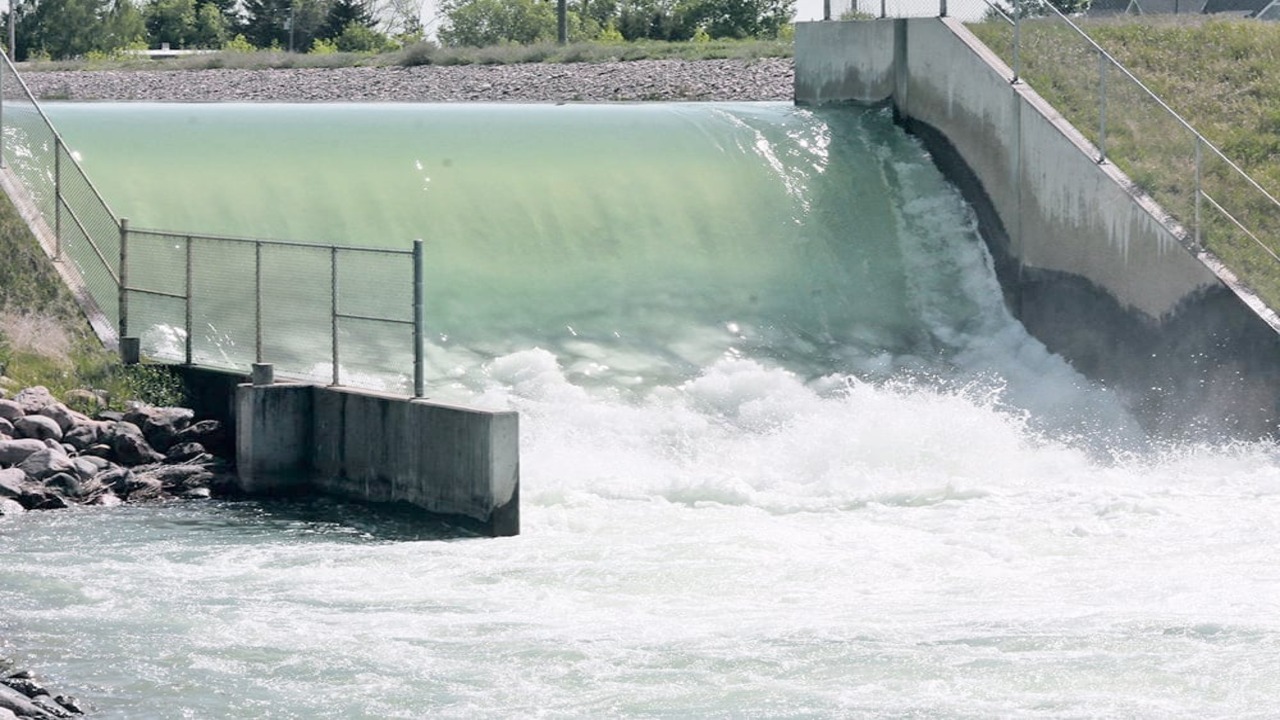In a twist of fate, the swift melting of the mountain snowpack in Alberta during the spring of 2023, coupled with hot and dry temperatures throughout the growing season and a parched early winter, have left irrigators with little optimism for improved conditions come spring 2024. As the new year dawns, irrigation districts, the Alberta government, farmers, and key stakeholders, including the oil and gas sector, brace for a continuation of dry conditions, fervently anticipating and hoping for the traditional spring deluge to replenish water supplies.
In a poignant open letter issued on Dec. 21, George Lohues, Chair of the St. Mary River Irrigation District (SMRID), outlined the current predicament. He emphasized, “The success of our irrigation season hinges on above-average winter snowpack in the Rocky Mountains and timely rains in the spring and summer of 2024 to replenish our current low water supply levels.”
Despite a glimmer of hope brought by some precipitation in late September and October snowfall, Boxing Day shattered optimism with record-high temperatures across the province. Bow Island, at the heart of Alberta’s irrigation region, experienced a 30-year high of over 12°C, exacerbating concerns about the ongoing dry spell.
The recent snowfall, coupled with above-normal temperatures, has presented a double-edged sword for irrigation reservoirs. While capturing runoff, it has also depleted mountain snowpack reserves. Lohues highlighted, “Despite early season snowfall contributing to average snow water equivalent levels across all three snow pillows at the end of November, unseasonably warm temperatures in December have caused a reduction in the snowpack.”
Reservoirs such as Waterton Lake and the St. Mary Reservoir tell a tale of diminishing water levels. Waterton Lake, currently at levels not seen since July, sits at nearly half of its capacity, while the St. Mary Reservoir, left effectively empty in September, is now at a mere eight percent of capacity, as per Alberta Environment data.
However, some stabilization has been observed in the Oldman Dam reservoir during December, witnessing a three-percentage-point increase in capacity from a low of 25 percent. Simultaneously, the Lethbridge Northern Irrigation District (LNID) has initiated repair and maintenance work on the Oldman’s outflows, with an anticipated completion date in spring 2024. Yet, a Dec. 11 update from LNID cautions of the looming possibility of continued drought conditions, urging landowners to plan their crops accordingly for the uncertain irrigation acre allocations in 2024.
Top of Form








